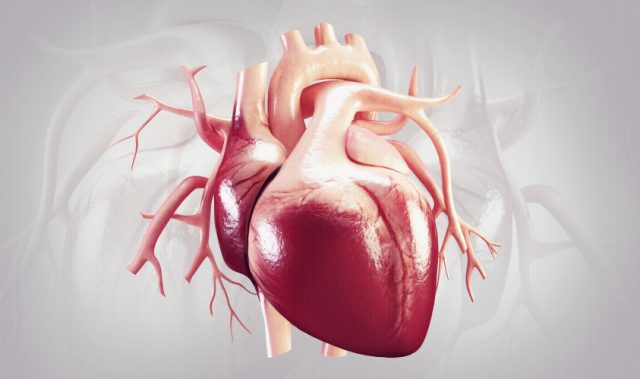
AsianScientist (Aug. 25, 2015) – University of Adelaide researchers have discovered that a high-fat diet may impair important receptors located in the stomach that signal fullness. Their research has been published in PLOS ONE.
Better known in its functions in generating the spicy taste on the tongue, the receptor TRPV1 is now found to be also involved in sensing mechanical stretch in the stomach. In the present study, researchers from the University’s Center for Nutrition and Gastrointestinal Diseases investigated the association between TRPV1 in the stomach and the feeling of fullness, in laboratory studies.
“The stomach stretches when it is full, which activates nerves in the stomach to tell the body that it has had enough food. We found that this activation is regulated through hot chili pepper or TRPV1 receptors,” says Associate Professor Amanda Page, senior research fellow in the University of Adelaide’s School of Medicine and lead author on the paper.
“It is known from previous studies that capsaicin, found in hot chilies, reduces food intake in humans. And what we’ve discovered is that deletion of TRPV1 receptors dampens the response of gastric nerves to stretch, resulting in a delayed feeling of fullness and the consumption of more food. Therefore part of the effect of capsaicin on food intake may be mediated via the stomach.”
“We also found that TRPV1 receptors can be disrupted in high fat diet induced obesity,” said Page.
Dr. Stephen Kentish, first author of the paper and National Health and Medical Research Council (NHMRC) Fellow from the University of Adelaide’s School of Medicine, said these findings will inform further studies and the development of new therapies.
“The TRPV1 receptor pathway and the consumption of capsaicin may be able to prevent overeating through an action on nerves in the stomach,” said Kentish. “The next stage of research will involve investigation of the mechanisms behind TRPV1 receptor activation with the aim of developing a more palatable therapy.
“We will also do further work to determine why a high-fat diet de-sensitizes TRPV1 receptors and investigate if we can reverse the damage,” concluded Kentish.
The article can be found at: Kentish et al. (2015) TRPV1 Channels and Gastric Vagal Afferent Signalling in Lean and High Fat Diet Induced Obese Mice.
———
Source: The University of Adelaide; Photo: Julie Gibbons/Flickr/CC.
Disclaimer: This article does not necessarily reflect the views of AsianScientist or its staff.












